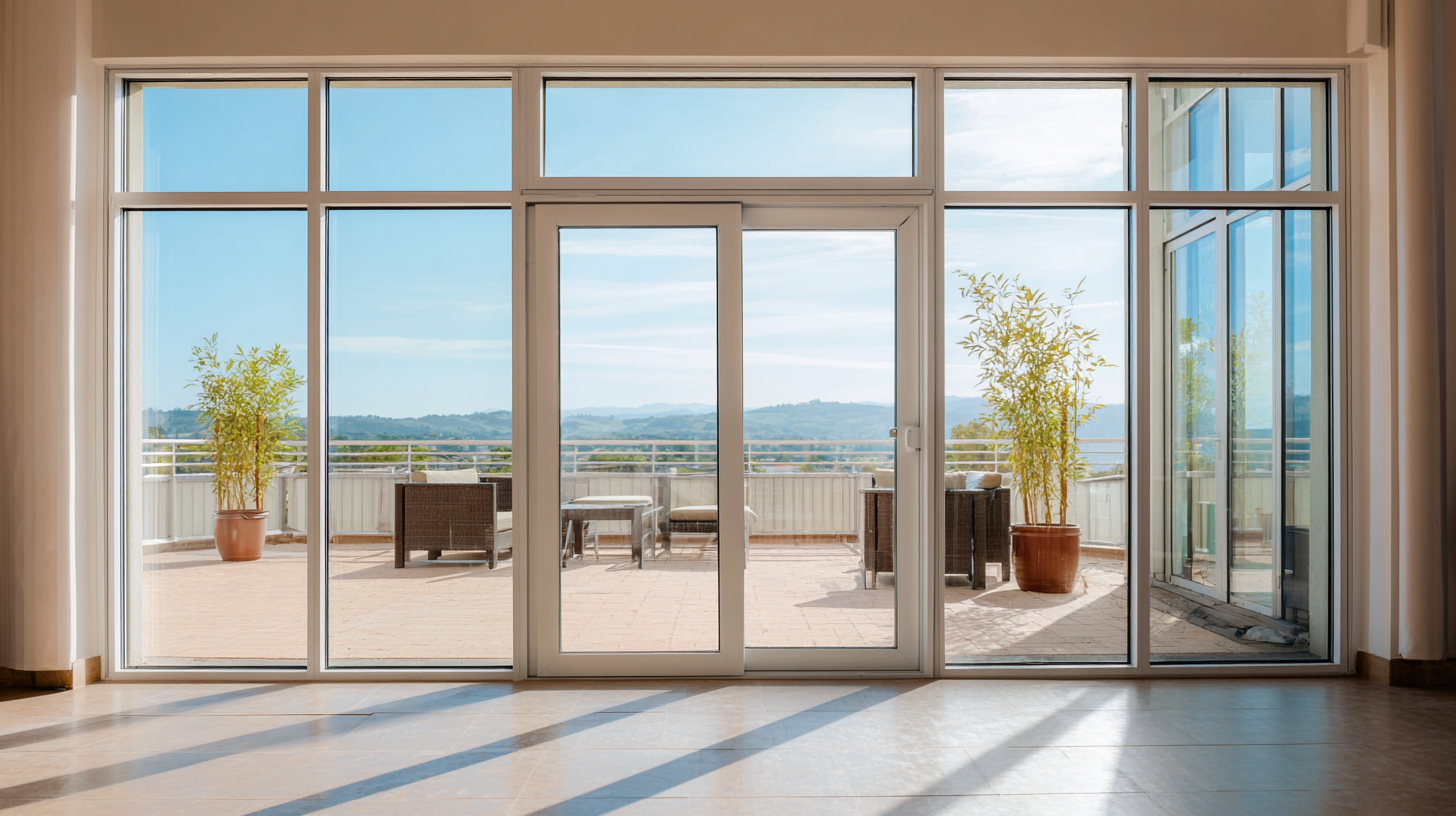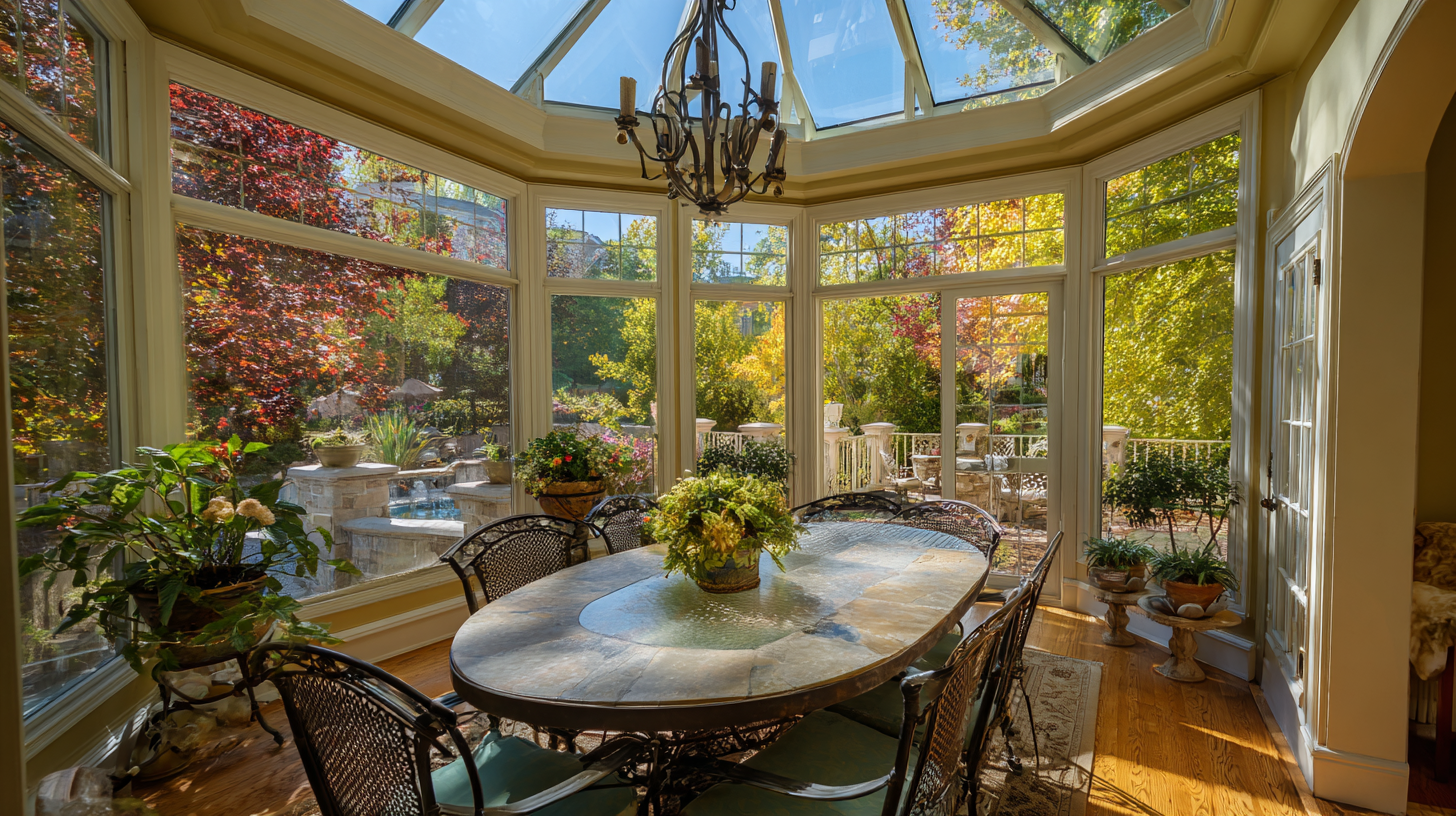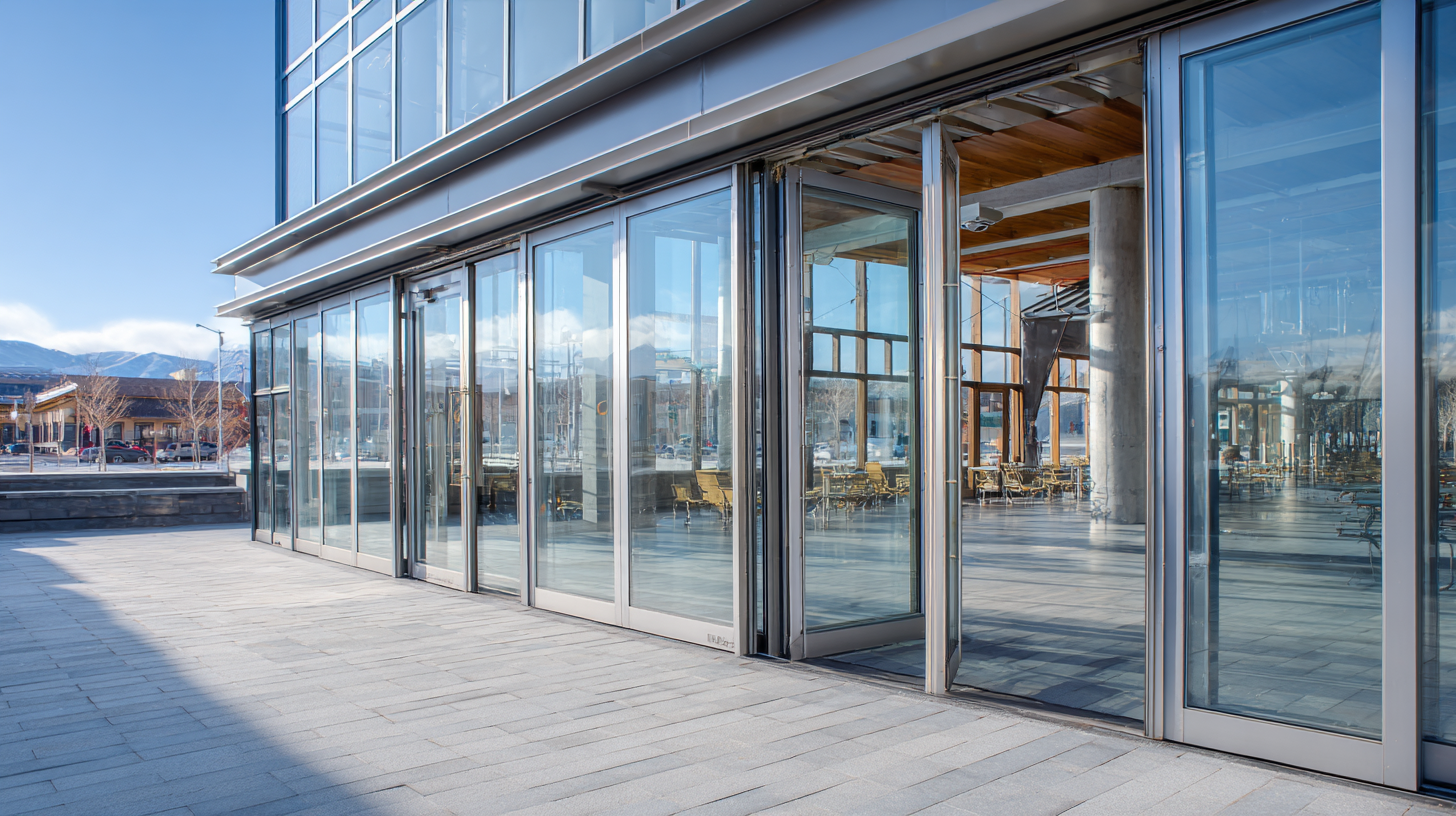Ultimate Checklist for Choosing the Best Patio Door Glass Replacement for Your Business
 When it comes to maintaining the aesthetics and functionality of your business, selecting the right Patio Door Glass Replacement is crucial. A faulty or outdated patio door can not only compromise the security of your establishment but also affect energy efficiency and overall ambiance. However, choosing the best replacement can be overwhelming, especially with the myriad of options available in today's market. From identifying the right glass type to understanding the installation process, there are several problems a business owner might face during this decision-making journey. In this blog, we will provide an ultimate checklist to guide you through the essentials of selecting the ideal patio door glass for your business, ensuring you make a well-informed choice that enhances your property's value and performance.
When it comes to maintaining the aesthetics and functionality of your business, selecting the right Patio Door Glass Replacement is crucial. A faulty or outdated patio door can not only compromise the security of your establishment but also affect energy efficiency and overall ambiance. However, choosing the best replacement can be overwhelming, especially with the myriad of options available in today's market. From identifying the right glass type to understanding the installation process, there are several problems a business owner might face during this decision-making journey. In this blog, we will provide an ultimate checklist to guide you through the essentials of selecting the ideal patio door glass for your business, ensuring you make a well-informed choice that enhances your property's value and performance.
Top Features to Consider When Comparing Patio Door Glass Options
When considering patio door glass replacement for your business, it's essential to focus on several key features that can significantly impact both aesthetics and functionality. First, look for energy efficiency ratings. High-performance glass options with low-E coatings can reduce heat transfer, helping maintain a comfortable indoor climate while lowering energy costs. Additionally, consider the insulation properties of the glass; double or triple-glazed options provide better thermal performance, which is vital for any commercial space.
Another critical feature to evaluate is safety. Investing in tempered or laminated glass not only enhances durability but also ensures greater protection against breakage, which is especially important for high-traffic areas. Furthermore, consider the style and design of the glass. Customizable options, such as tinted or frosted glass, can enhance privacy and aesthetics while complementing your business's overall design. By prioritizing energy efficiency, safety, and design, you can make an informed choice that fits the unique needs of your establishment.
Patio Door Glass Replacement Features Comparison
Understanding Energy Efficiency Ratings for Patio Door Glass
When selecting patio door glass replacement for your business, understanding energy efficiency ratings is essential. Energy efficiency not only contributes to a more sustainable environment but also significantly impacts your operational costs. The key ratings to consider include
the U-factor,
Solar Heat Gain Coefficient (SHGC), and
Visible Transmittance (VT).
 The U-factor measures the rate of heat transfer, indicating how well your glass will insulate your space. A lower U-factor means better insulation, which is crucial for maintaining comfortable indoor temperatures.
The U-factor measures the rate of heat transfer, indicating how well your glass will insulate your space. A lower U-factor means better insulation, which is crucial for maintaining comfortable indoor temperatures.
Moreover, the SHGC represents how much solar radiation passes through the glass, affecting how much heat is absorbed into your building. A lower SHGC is ideal for warmer climates, as it minimizes cooling costs. On the other hand, higher SHGC values can be beneficial in cooler regions, allowing for passive solar heating. Lastly, while VT measures how much visible light is transmitted through the glass, striking the right balance between natural light and heat absorption can elevate the ambiance of your business space without compromising on energy efficiency. Understanding and utilizing these ratings will ensure you select the best patio door glass that meets both functional and aesthetic needs for your business.
A Side-by-Side Comparison of Popular Patio Door Glass Brands
When selecting the right patio door glass replacement for your business, understanding the differences between popular brands is crucial. According to a recent report by the National Glass Association, glass doors account for over 35% of total door installations in commercial spaces, highlighting their importance in enhancing both aesthetics and energy efficiency. Brands like Pella, Andersen, and Marvin stand out in this arena due to their innovative features and durability.
Pella, for example, offers triple-pane glass options that significantly improve thermal insulation, reducing heating and cooling costs by up to 30%. In contrast, Andersen’s Low-E glass coatings provide exceptional UV protection, blocking up to 84% of harmful rays, which can be particularly beneficial for businesses with significant interior design investments. Meanwhile, Marvin emphasizes customization with their Infinity line, allowing businesses to tailor design elements without compromising on energy efficiency. A careful side-by-side comparison of these brands reveals distinct advantages that can impact your long-term investment value. Choosing the right glass not only affects immediate operational costs but also contributes to the longevity of your physical space.
Pros and Cons of Different Glass Types for Patio Doors
When selecting patio door glass replacements for your business, understanding the pros and cons of different glass types is crucial. Tempered glass, well-known for its strength and safety, is heated and then rapidly cooled to increase its durability. According to the Glass Association of North America, tempered glass is up to five times stronger than regular glass and shatters into small, less harmful pieces, making it an excellent option for high-traffic areas. However, its higher cost compared to standard glass can be a potential drawback for budget-conscious businesses.
Low-E (low emissivity) glass is another popular choice due to its energy-efficient properties. This type of glass reflects heat while allowing natural light to filter through, thus reducing heating and cooling costs by up to 30% as reported by the Department of Energy. However, it can be slightly more expensive initially, potentially affecting upfront expenses.
**Tip:** When choosing glass types, consider the long-term savings on energy bills versus the initial investment.
Laminated glass, on the other hand, offers enhanced security and noise reduction, making it ideal for locations prone to disturbances. The Intertek Group indicates that laminated glass can reduce noise transmission by up to 50%. The downside is its relatively heavier weight and installation complexity.
**Tip:** Evaluate your business's specific needs, such as noise level preferences and local crime rates, to find the most suitable glass type for your patio doors.
Ultimate Checklist for Choosing the Best Patio Door Glass Replacement for Your Business
| Glass Type | Pros | Cons | Energy Efficiency Rating | Estimated Cost ($) |
|---|---|---|---|---|
| Tempered Glass | Highly durable, shatter-resistant | Can be more expensive than standard glass | R-Value: 2.5 | $300 - $700 |
| Low-E Glass | Excellent insulation, UV protection | Reflective, may distort natural view | R-Value: 3.0 | $400 - $800 |
| Double-Glazed | Better insulation than single-pane | Heavier, requires stronger frame | R-Value: 3.5 | $250 - $600 |
| Triple-Glazed | Superior energy efficiency | Highest cost, heavier | R-Value: 4.0+ | $500 - $1,200 |
| Insulated Glass | Prevents condensation, great thermal performance | Can be more complex to install | R-Value: 3.2 | $400 - $900 |
Cost Analysis: Budgeting for Patio Door Glass Replacement Options
When planning for a patio door glass replacement, one of the critical considerations is cost analysis. Budgeting for this type of renovation involves evaluating various options across a range of prices. First, determine whether you want to replace the glass only or the entire door. Glass replacement tends to be a more cost-effective choice, while full door replacement can offer improved energy efficiency and aesthetics, but at a significantly higher cost.
Next, consider the materials and features available. High-quality tempered glass provides durability but may incur higher costs than standard glass. Additionally, energy-efficient double-glazing options will save you on energy bills over time but will require a larger upfront investment. It’s essential to balance immediate budget constraints with long-term savings. Consulting with professionals can help you assess all available patio door glass replacement options and their associated costs, ensuring you make an informed decision that aligns with your business’s financial goals and aesthetic needs.

